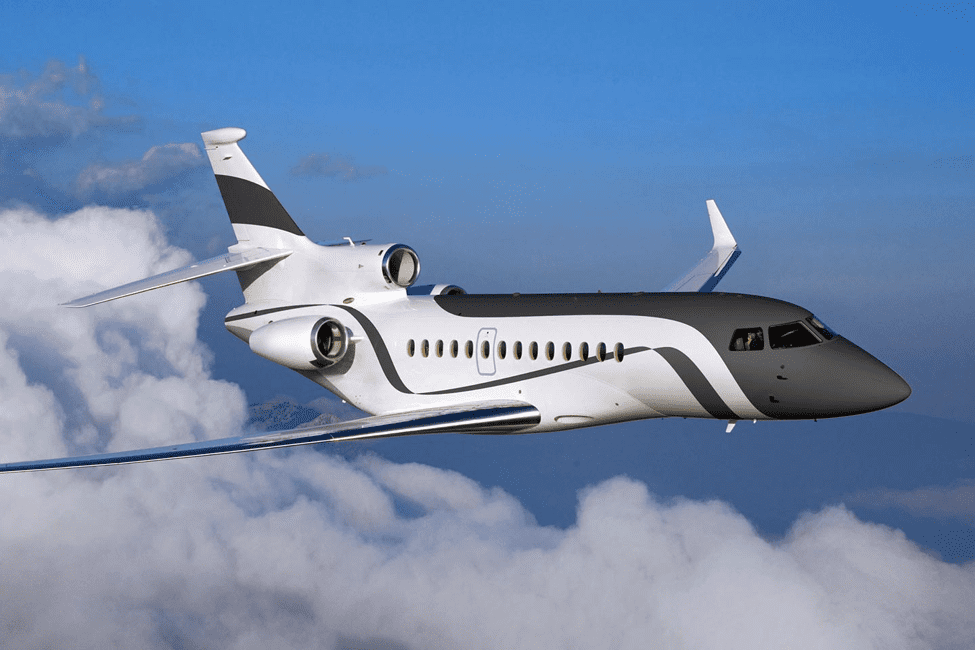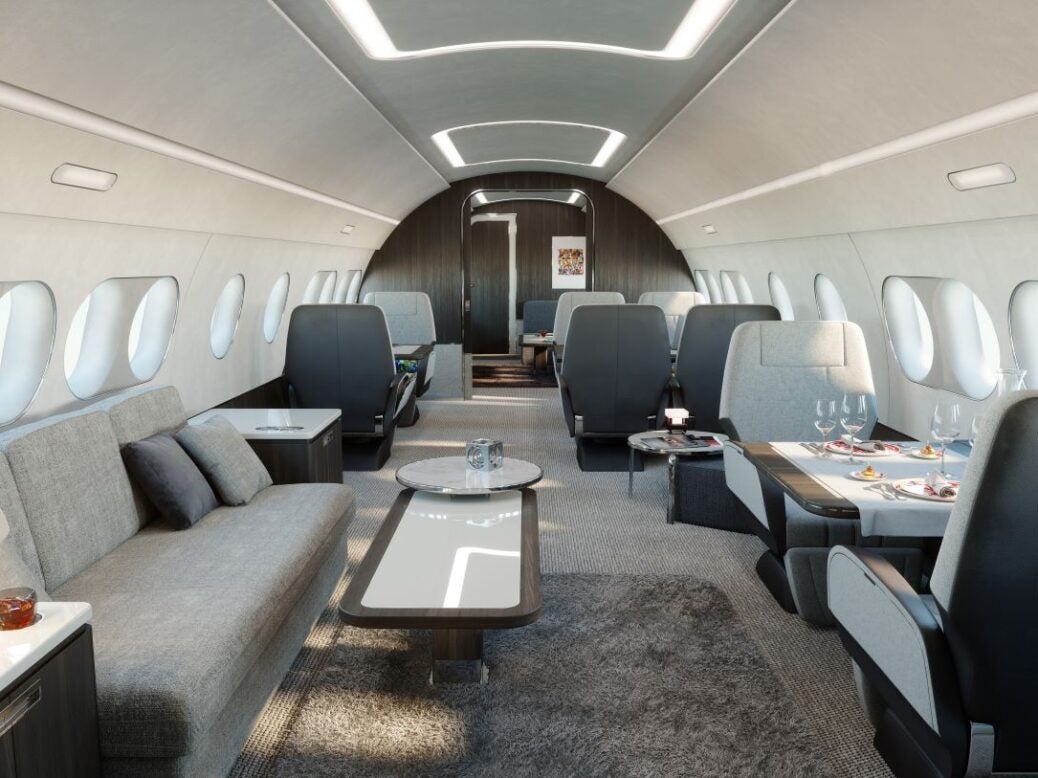The Rise of the “Empty Leg” Revolution
The private aviation industry has long been synonymous with luxury, exclusivity, and convenience. However, one persistent challenge has been the prevalence of “empty legs” – flights where private jets return to their home bases or reposition to new locations without any passengers on board. These empty leg flights have traditionally represented a significant source of inefficiency and lost revenue for private jet operators.
But in recent years, the emergence of “empty leg aggregators and marketplaces” has transformed this challenge into an opportunity. By connecting available empty leg flights with potential passengers, these platforms have enabled a new era of spontaneous and flexible travel experiences for private aviation customers.
The growing availability of empty leg flights has empowered travelers to be more spontaneous and adventurous in their journeys. Rather than being beholden to pre-planned itineraries, private jet users can now take advantage of last-minute deals and empty leg positioning flights to explore new destinations on a whim.
This shift towards more flexible and customized travel has been driven by several key factors:
- Increased Demand for Private Aviation: The allure of private jet travel has drawn a growing number of high-net-worth individuals and businesses into the market, creating more opportunities to fill empty leg flights.
- Technological Advancements: Sophisticated software and data analytics tools have enabled empty leg aggregators to more efficiently match supply and demand, optimizing flight schedules and pricing.
- Shift Towards Asset-Light Models: Many private jet operators have moved away from owning and maintaining their own fleets, instead relying on charter and fractional ownership arrangements. This has increased the prevalence of empty leg flights that need to be filled.
- Sustainability Concerns: As the aviation industry faces growing pressure to reduce its environmental footprint, empty leg optimization has emerged as a way to improve the efficiency and sustainability of private air travel.
The Art of Spontaneous Travel with Empty Legs
The availability of empty leg flights has ushered in a new era of spontaneous and flexible travel for private aviation customers. Rather than being bound to rigid, pre-planned itineraries, travelers can now take advantage of last-minute deals and positioning flights to explore new destinations on a whim.
This newfound freedom has unlocked a range of benefits for private jet users:
Seizing Opportunities
With empty leg aggregators and marketplaces, private jet travelers can stay attuned to the latest availability and pricing of these flights. This allows them to pounce on attractive deals and take advantage of spontaneous travel opportunities that may arise.
Whether it’s a last-minute business trip, a surprise weekend getaway, or a spur-of-the-moment adventure, empty legs provide the flexibility to act on these spontaneous impulses without the traditional constraints of pre-planned travel.
Maximizing Efficiency
By leveraging empty leg flights, private jet users can optimize the efficiency and cost-effectiveness of their travel. Rather than chartering a full aircraft for a one-way trip, they can take advantage of discounted empty leg flights to reposition themselves or their aircraft.
This not only saves money, but it also reduces the environmental impact of private aviation by minimizing the number of unproductive flights.
Expanding Horizons
The availability of empty leg flights has broadened the geographic reach and destination options for private jet travelers. With greater flexibility to fly to and from a wider range of airports, they can explore new and unexpected destinations that may have been out of reach with traditional private aviation.
This sense of adventure and discovery can inject a renewed sense of excitement and spontaneity into the private jet experience, appealing to those seeking more than just the standard luxury travel offering.
Enhancing the Journey
Empty leg flights can also enhance the overall journey for private jet travelers. By incorporating these flights into their itineraries, they can enjoy the benefits of private aviation – such as increased comfort, convenience, and control – while also experiencing the thrill of spontaneous travel.
This integration of flexibility and luxury can elevate the private jet experience, making it more than just a mode of transportation, but a cherished part of the overall travel adventure.
The Empty Leg Optimization Ecosystem
The rise of empty leg aggregators and marketplaces has given birth to a dynamic ecosystem of service providers and technologies that enable this new era of spontaneous private jet travel.
Jet Sharing Platforms
Companies like JetSmarter, Blade, and Victor have created online marketplaces where private jet owners and operators can list their available empty leg flights. Customers can then browse and book these flights, often at a significant discount compared to traditional charter rates.
These platforms leverage a shared economy model, allowing individuals to purchase seats on otherwise empty legs, rather than having to charter an entire aircraft. This democratizes access to private aviation and helps fill otherwise unproductive flights.
Brokerage and Matching Services
Firms like PrivateFly, LunaJets, and XO offer more specialized brokerage and matching services for empty leg flights. These companies maintain extensive databases of private jet operators and their available empty legs, and they use sophisticated algorithms to match these flights with potential customers.
By acting as intermediaries, these brokers can negotiate better rates for their clients and ensure a higher level of reliability and service compared to direct bookings with operators.
Operator-Owned Platforms
Some of the larger private jet operators, such as NetJets, Flexjet, and VistaJet, have developed their own internal platforms to manage and sell their empty leg inventory. These vertically integrated solutions allow the operators to maintain more control over the pricing and distribution of their empty flights.
These operator-owned marketplaces often offer additional benefits to their loyalty program members, such as priority access to empty leg flights or discounted rates.
Aggregation and Optimization Tools
A number of specialized software companies have emerged to help private jet operators and brokers better manage their empty leg inventory. These tools use advanced algorithms to analyze flight schedules, positioning, and demand patterns to identify opportunities for empty leg optimization.
Examples of these aggregation and optimization platforms include FlyVictor, JetNet, and PrivateFly’s “Empty Leg Optimizer.” By providing greater visibility and control over empty leg data, these solutions enable more efficient matching and pricing of these flights.
The Benefits of Spontaneous Travel with Empty Legs
The rise of empty leg aggregators and marketplaces has unlocked a range of benefits for private jet travelers seeking more spontaneous and flexible travel experiences:
Increased Accessibility and Affordability
The availability of discounted empty leg flights has made private aviation more accessible to a broader range of individuals and businesses. Compared to the cost of chartering a full aircraft, empty leg bookings can offer savings of 30-70% or more.
This increased accessibility has the potential to expand the customer base for private aviation, drawing in those who may have previously been priced out of the market.
Enhanced Sustainability
By filling otherwise unproductive empty leg flights, private jet travelers can help reduce the industry’s carbon footprint and contribute to more sustainable air travel practices.
This aligns with the growing focus on environmental consciousness among high-net-worth individuals and businesses, further enhancing the appeal of spontaneous empty leg travel.
Greater Flexibility and Customization
The ability to leverage empty leg flights has given private jet users a newfound sense of freedom and flexibility in their travel planning. Rather than being constrained by rigid itineraries, they can now seize spontaneous opportunities and explore new destinations on a whim.
This customized and adaptable approach to travel can inject a renewed sense of adventure and excitement into the private jet experience.
Improved Efficiency and Cost-Effectiveness
By optimizing their use of empty leg flights, private jet travelers can achieve greater efficiency and cost-effectiveness in their travel. The discounted pricing of these flights, coupled with the ability to reposition aircraft more effectively, can lead to significant savings.
This enhanced efficiency not only benefits the traveler’s bottom line, but it also contributes to the overall sustainability of the private aviation industry.
Overcoming the Challenges of Spontaneous Empty Leg Travel
While the rise of empty leg aggregators and marketplaces has unlocked a new era of spontaneous and flexible travel, the industry also faces a range of challenges in optimizing these flights:
Dynamic and Unpredictable Schedules
Private jet operators often have highly dynamic and unpredictable flight schedules, making it difficult to accurately forecast and plan for empty leg opportunities. Weather, last-minute changes, and other operational factors can disrupt the best-laid plans, leaving aggregators and travelers scrambling to adapt.
Pricing Complexities
Determining the optimal pricing for empty leg flights can be a complex and nuanced task. Factors such as aircraft type, location, time of day, and demand all play a role in shaping the appropriate pricing. Aggregators must balance the need to offer attractive discounts to customers with the operator’s desire to maximize revenue.
Regulatory Hurdles
The private aviation industry is subject to a complex web of regulations, which can create challenges for empty leg optimization and spontaneous travel. Rules around commercial operations, charter flights, and aircraft positioning vary by jurisdiction and can limit the flexibility of operators and aggregators in how they manage their empty leg inventory.
Data and Integration Challenges
Effective empty leg optimization requires the seamless integration of data across multiple systems and platforms. Aggregators must be able to access and analyze real-time flight information, inventory availability, and customer demand data. Establishing these integrations can be technically complex and resource-intensive.
Competitive Dynamics
As the empty leg market has matured, competition has intensified among the various aggregators and marketplaces. This has led to pricing pressures, as well as efforts by operators to maintain more control over their own inventory and distribution channels.
The Future of Spontaneous Travel with Empty Legs
Despite the challenges, the future of spontaneous travel with empty legs appears bright, with several key trends shaping the industry’s evolution:
Increased Adoption of Technology
As the private aviation industry continues to digitize, the role of technology in empty leg optimization and spontaneous travel will only grow more prominent. Advanced data analytics, machine learning, and artificial intelligence will enable even more sophisticated matching and pricing of these flights, allowing for greater responsiveness to last-minute opportunities.
Consolidation and Partnerships
It is likely that the empty leg aggregator and marketplace landscape will continue to consolidate, with larger players acquiring or partnering with smaller firms to gain scale and market share. This could lead to the emergence of a few dominant platforms that can leverage their size and data to offer more comprehensive and efficient services to private jet travelers.
Expansion into Adjacent Services
Successful empty leg aggregators may also seek to expand their offerings beyond just flight optimization, moving into areas such as aircraft management, charter brokerage, and even fractional ownership programs. This diversification could help them better serve the evolving needs of private aviation customers, including those seeking more spontaneous and customized travel experiences.
Increased Regulatory Oversight
As the private aviation industry continues to grow, policymakers and regulators are likely to take a closer look at the empty leg optimization market. This could result in new rules and guidelines aimed at ensuring fairness, transparency, and consumer protection, which may impact the ability of travelers to engage in spontaneous empty leg travel.
Emphasis on Sustainability
With growing social and environmental consciousness, the pressure on the aviation industry to reduce its carbon footprint will only intensify. Empty leg optimization will be an important lever for private jet operators to demonstrate their commitment to sustainability and appeal to eco-conscious customers, further incentivizing the use of these flights for spontaneous travel.
Conclusion
The rise of empty leg aggregators and marketplaces has transformed the private aviation industry, unlocking a new era of spontaneous and flexible travel experiences for customers.
By leveraging discounted empty leg flights, private jet users can now seize last-minute opportunities, explore new destinations, and customize their journeys in ways that were previously out of reach. This newfound sense of freedom and adventure has the potential to attract a broader range of individuals and businesses to the private aviation market.
As the industry continues to evolve, the role of empty leg optimization in enabling spontaneous travel will only grow more critical. Technological advancements, market consolidation, and a heightened focus on sustainability will shape the future of this dynamic and rapidly-changing sector.
For private jet travelers, the availability of empty leg flights represents a game-changing opportunity to redefine the way they approach air travel. By embracing the flexibility and spontaneity that these flights provide, they can unlock a new level of adventure, efficiency, and environmental consciousness in their private aviation experiences.
In the end, the rise of empty leg aggregators and marketplaces has ushered in a transformative shift in the private aviation industry, empowering travelers to embrace a more spontaneous and customized approach to their journeys. As this revolution continues to unfold, the optimization of these “empty legs” will undoubtedly play a crucial role in shaping the future of private air travel.



